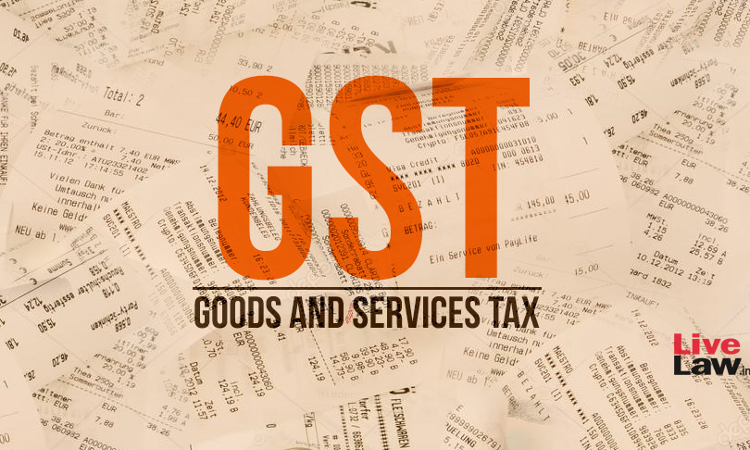The Delhi High Court has clarified that a book has to be judged by its functional characteristics to see if it is a 'work book' that test child's knowledge, in which case it will be fully exempt from GST, or is it merely an 'exercise book' containing lines to facilitate writing or manual copying of a text, in which case it will be subject to GST. A Bench of Justice S Muralidhar...

